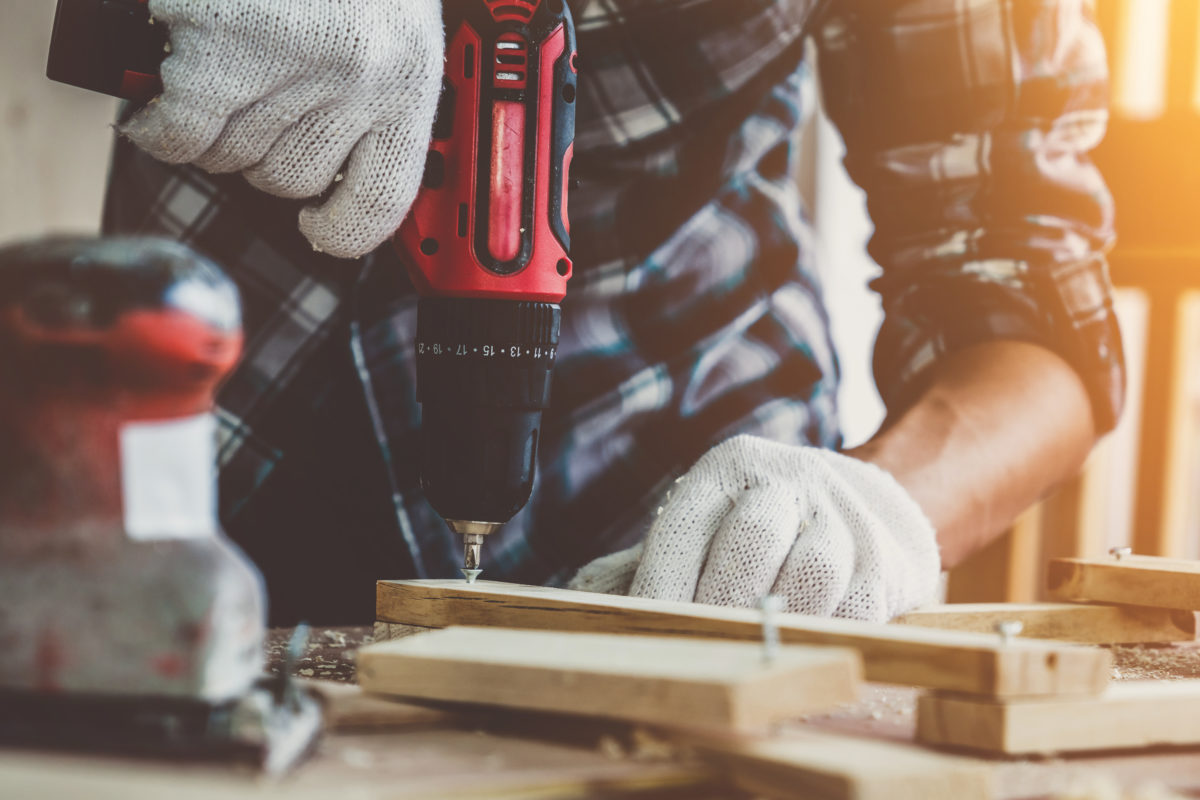Workplace ergonomics is more than just a buzzword—it’s a critical factor in preventing long-term injuries and improving employee well-being. As companies recognize the importance of ergonomics, it becomes clear that designing workspaces and practices that promote proper posture, movement, and equipment use can significantly reduce the risk of musculoskeletal disorders (MSDs) and other physical strain. By incorporating ergonomic principles into everyday work routines, employers can help prevent costly injuries and enhance productivity.
What is Ergonomics?
Ergonomics is the science of designing work environments and tasks to fit the needs of the individual worker, minimizing strain and the risk of injury. This includes adjusting workstations, tools, and processes to ensure they align with the body’s natural movements and reduce physical stress. Musculoskeletal disorders (MSDs), which affect the muscles, tendons, ligaments, and nerves, are often caused by repetitive motions, poor posture, and improper body mechanics during work tasks. These disorders, such as carpal tunnel syndrome, tendonitis, and back pain, can develop over time if the workplace does not account for the ergonomic needs of employees.
The Importance of Ergonomic Setups
An ergonomic workspace can make a huge difference in reducing the strain on the body and preventing injuries. Whether employees are working at desks, assembly lines, or operating machinery, ensuring that their work environment is ergonomically sound is vital for long-term health.
- Desk and Chair Setup For office workers, an ergonomic desk setup is essential. The desk height, chair position, and computer screen placement should promote good posture and reduce strain on the back, neck, and wrists. A chair with proper lumbar support can alleviate pressure on the lower back, while a desk at the right height encourages a neutral wrist position and prevents strain during typing. Additionally, the screen should be at eye level to avoid neck strain, and the keyboard should be placed so that the elbows remain at a comfortable 90-degree angle.
- Tools and Equipment In jobs that require manual labor or frequent use of specialized tools, ergonomics play a crucial role in preventing injuries. Hand tools should be designed to fit comfortably in the user’s hand, reducing the risk of repetitive strain. Power tools and machinery should have adjustable settings that minimize awkward postures or excessive force. For workers who perform repetitive tasks, such as assembly line workers, ergonomically designed tools that reduce gripping force and allow for better hand positioning can help prevent MSDs.
- Movement and Posture Encouraging employees to move regularly and maintain good posture throughout the day can greatly reduce the risk of long-term injury. Sitting or standing for prolonged periods can lead to muscle fatigue and joint pain. Incorporating movement breaks into the workday, whether it’s standing up to stretch or walking around, can promote circulation and relieve the tension that builds up in muscles. Additionally, educating employees on maintaining proper posture while sitting or standing helps ensure that the body remains aligned and reduces the risk of back and neck pain.
Preventing Long-Term Injuries
Long-term injuries, particularly musculoskeletal disorders, can have a significant impact on an employee’s health and productivity. Implementing ergonomic practices is a proactive approach to preventing these injuries, but it also requires a culture of awareness and training. Below are a few strategies for reducing the likelihood of long-term injuries:
- Ergonomic Assessments Regular ergonomic assessments of workstations are essential for identifying potential hazards and areas of improvement. This can include assessing how employees interact with their tools, equipment, and overall workspace layout. Ergonomic specialists or safety managers can provide recommendations on adjustments that can be made to improve posture and reduce strain.
- Employee Training Educating employees about the importance of ergonomics and proper posture is key to preventing injuries. Training should cover how to set up an ergonomic workstation, how to lift objects correctly, and how to perform tasks in a way that minimizes strain on the body. Empowering employees with this knowledge can help them recognize potential hazards in their own workspace and take steps to mitigate them.
- Breaks and Movement Encouraging employees to take regular breaks is one of the most effective ways to prevent musculoskeletal disorders. Even in office environments, workers should stand, stretch, or walk for a few minutes every hour to prevent stiffness and muscle fatigue. In industrial or manual labor settings, workers should alternate tasks to avoid prolonged repetitive movements and give certain muscle groups a rest.
- Adjustments to Work Tasks For jobs that involve repetitive motion or manual labor, making small adjustments to work tasks can make a big difference. This might include rotating tasks among workers to give individuals a break from repetitive actions, or adjusting work surfaces to a height that minimizes bending or stretching. Implementing task rotation or job enrichment strategies can reduce physical strain and prevent overuse injuries.
The Benefits of Ergonomics
The benefits of ergonomics extend beyond injury prevention. A well-designed ergonomic workspace can increase comfort and efficiency, boosting overall productivity. When employees are comfortable and pain-free, they are able to focus on their tasks without distraction. Additionally, reducing the incidence of injuries and MSDs leads to fewer sick days, lower workers’ compensation costs, and improved employee morale.
By investing in ergonomic solutions, companies can foster a healthier workforce, reduce turnover, and ensure that employees remain productive for years to come. The importance of ergonomics cannot be overstated—it’s a win-win for both employees and employers.
Ergonomics plays a crucial role in preventing long-term injuries in the workplace. From desk setups to tool design and posture education, creating an ergonomic work environment is essential for reducing the risk of musculoskeletal disorders. With proper training, regular assessments, and a commitment to employee well-being, employers can reduce the financial and physical costs associated with workplace injuries. Ergonomics isn’t just about comfort—it’s an investment in the long-term health and productivity of the workforce.



